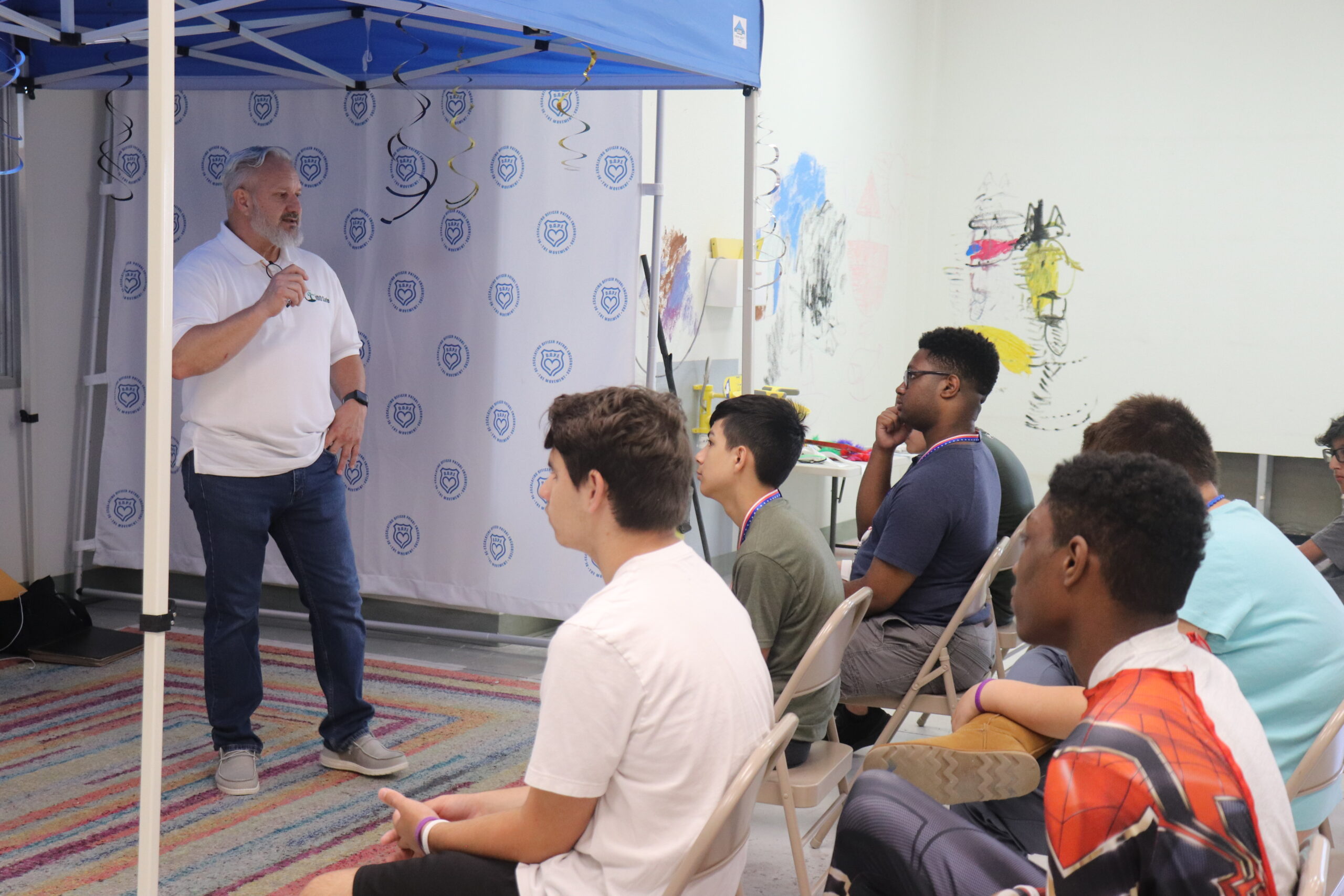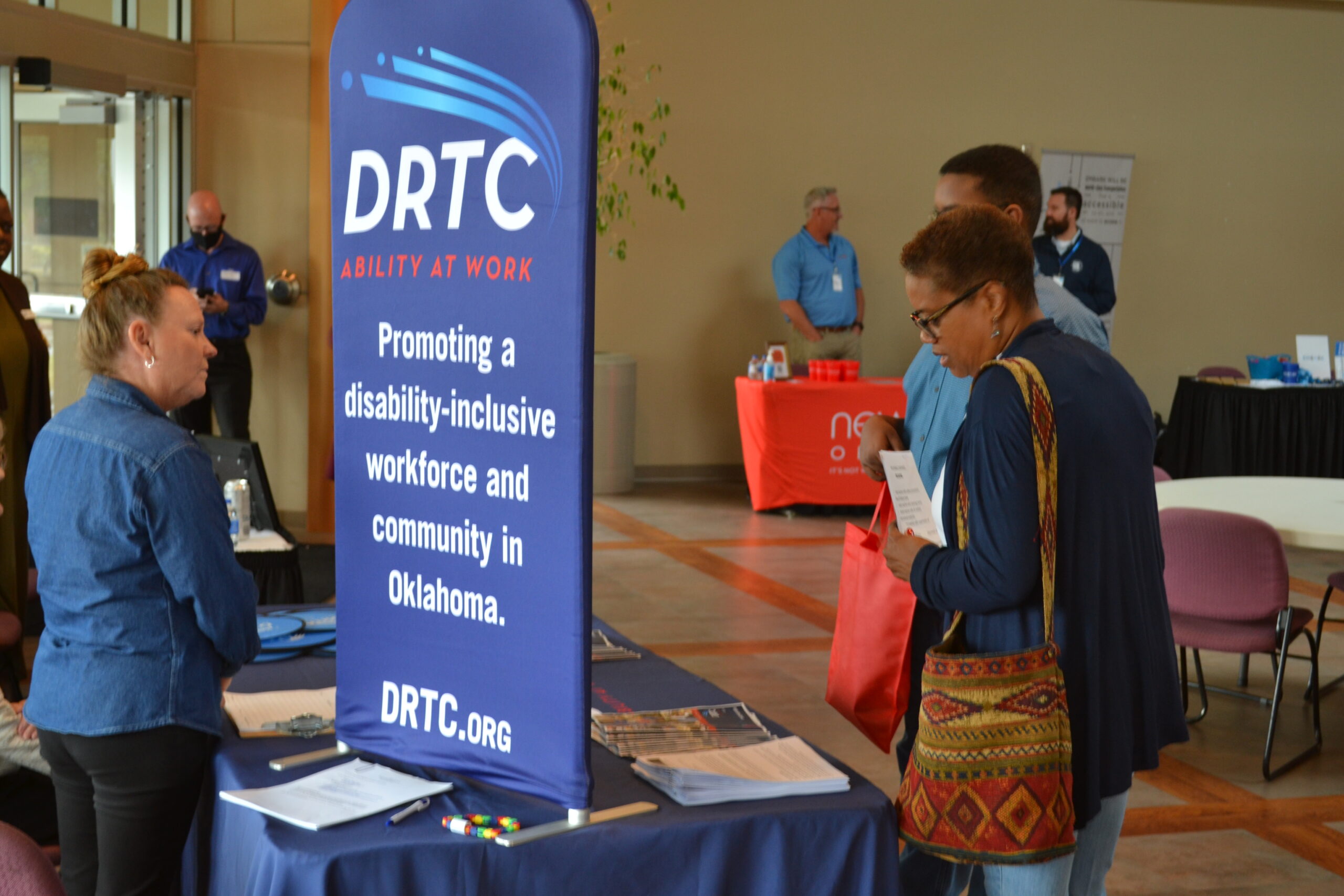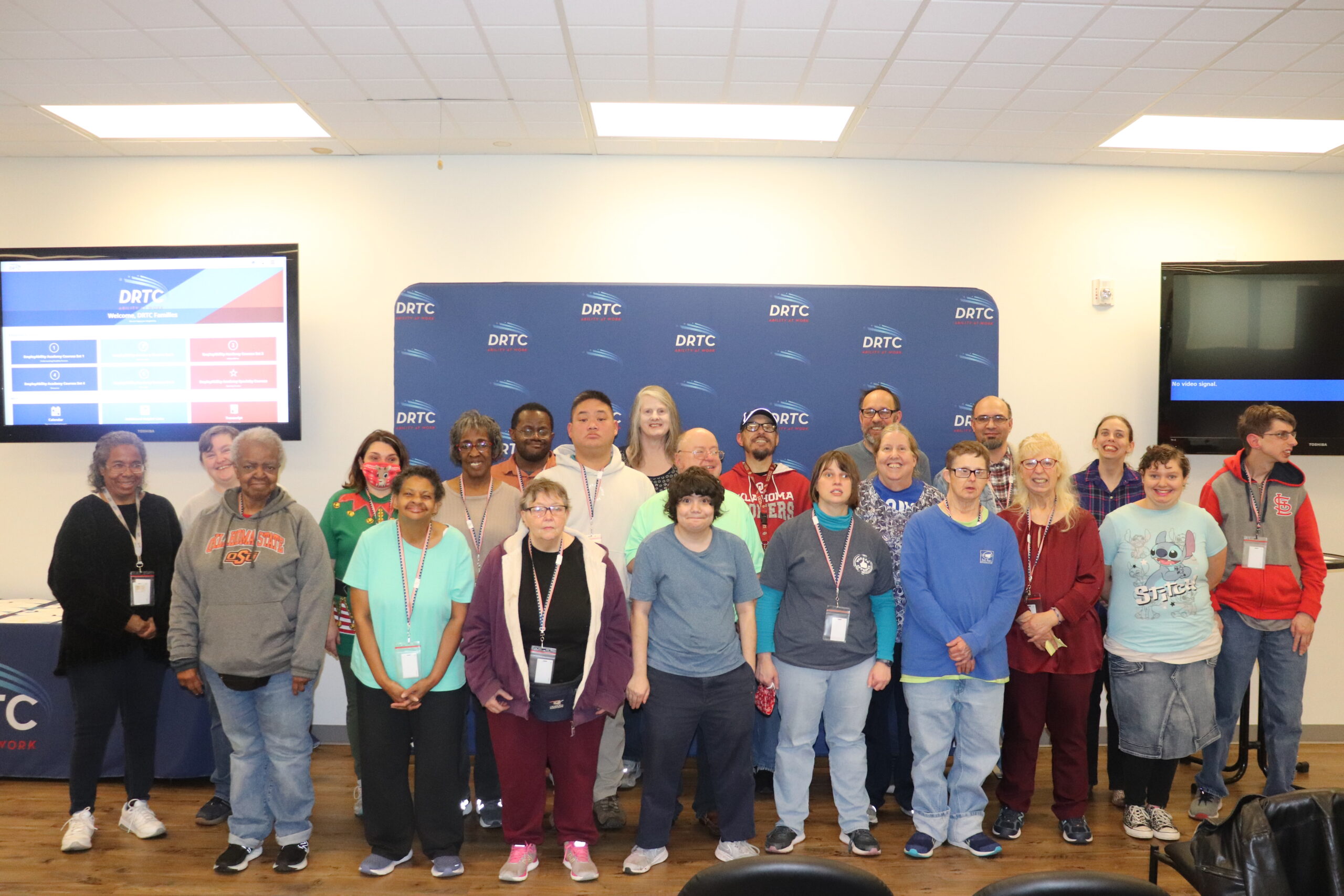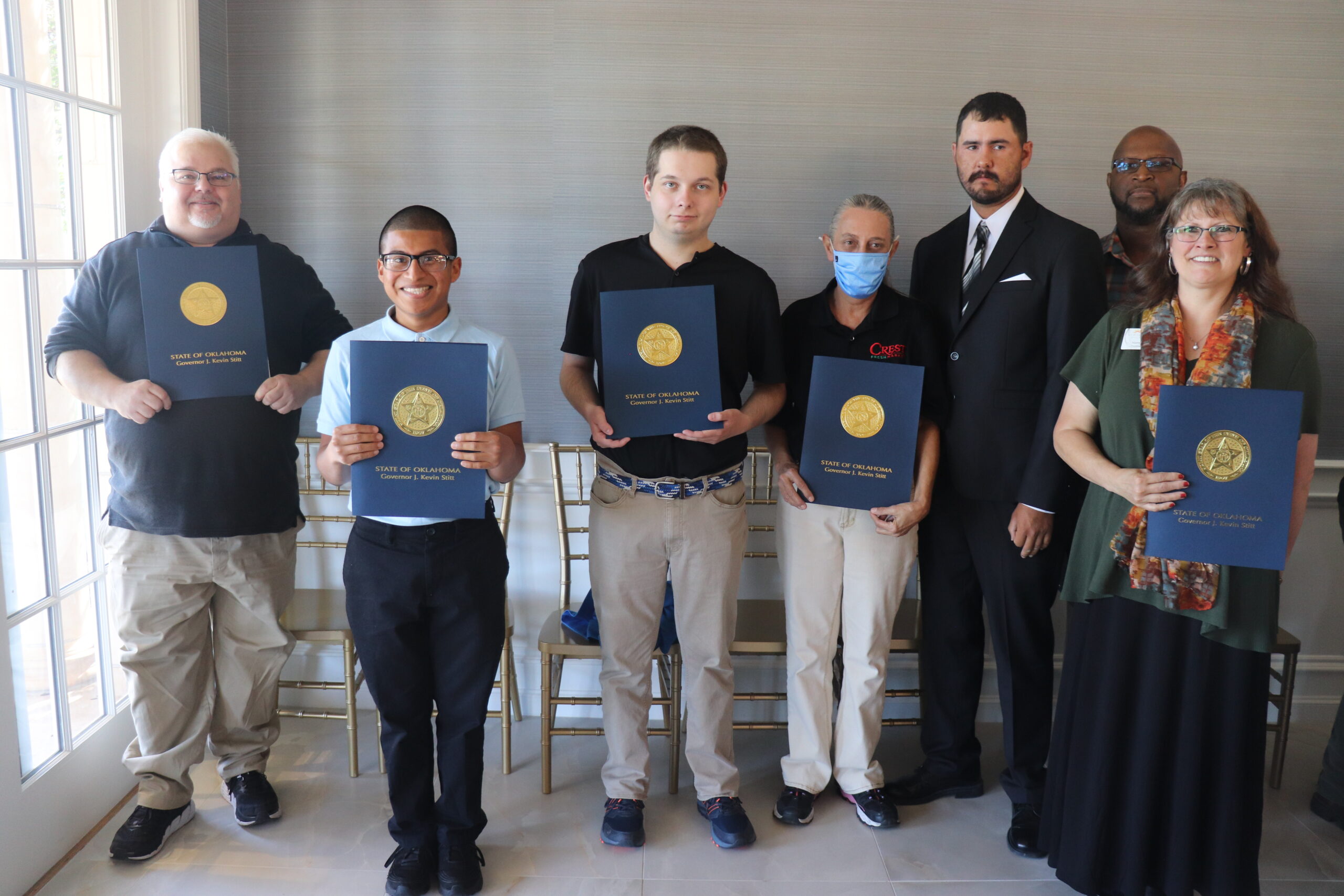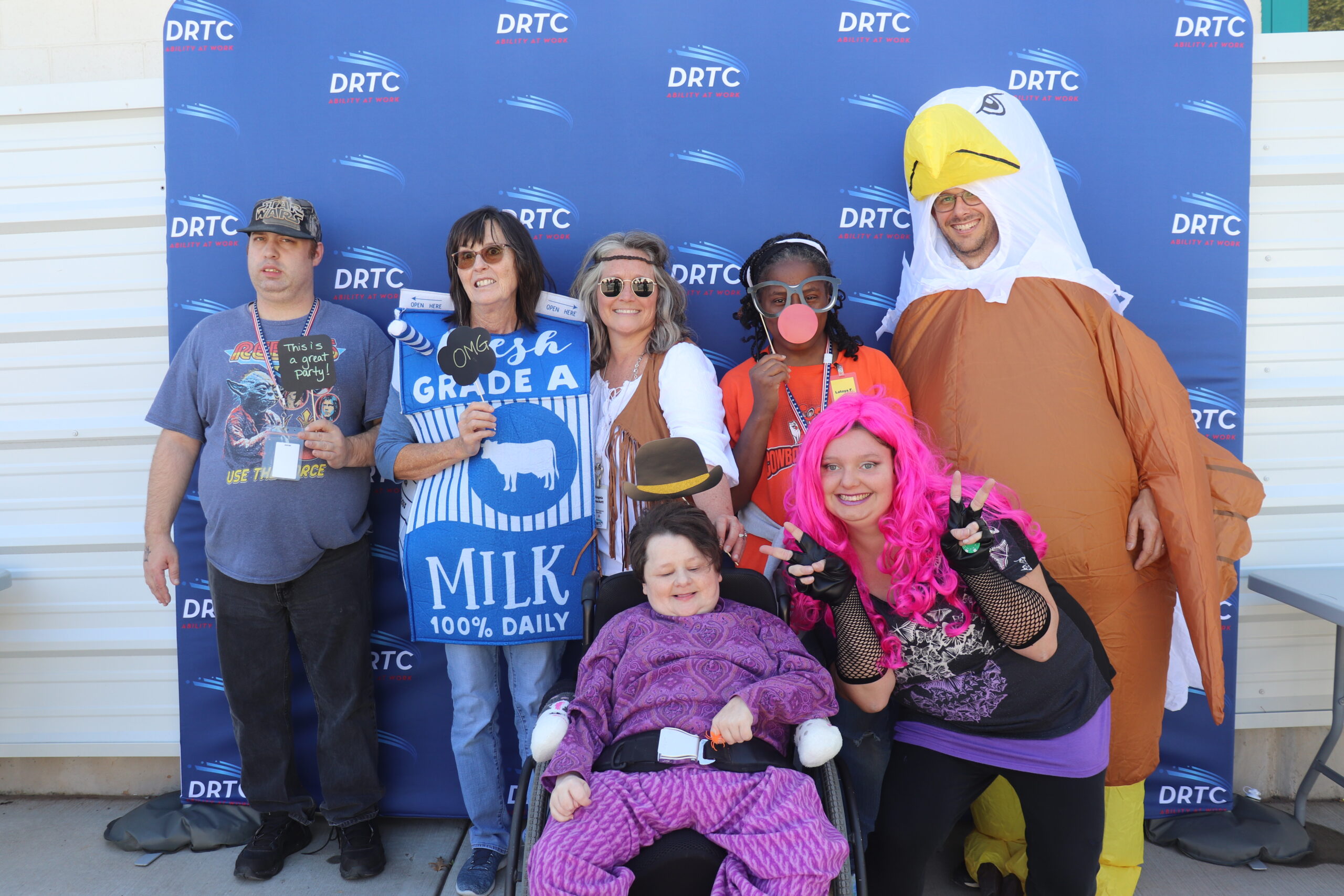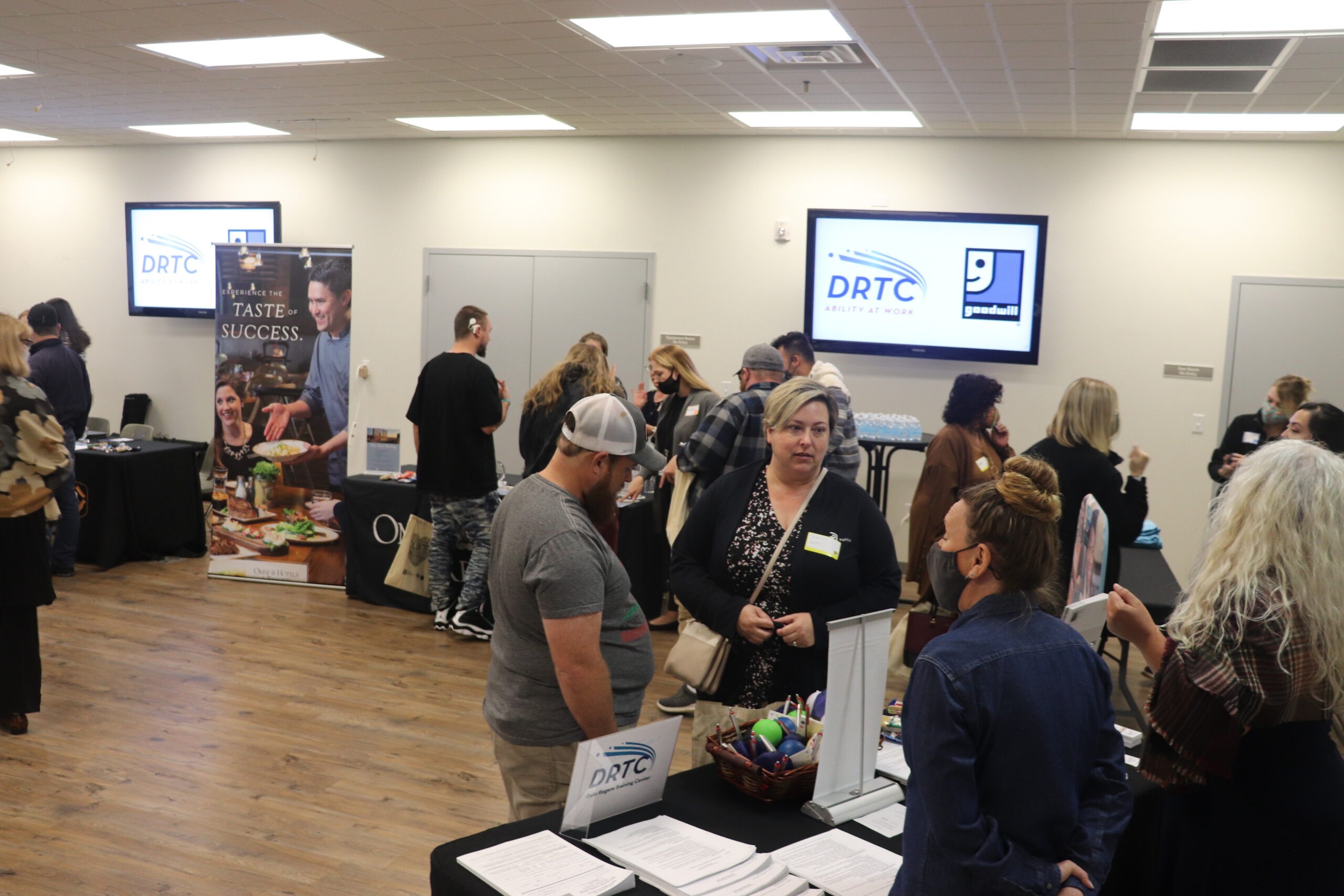DRTC Custodians to Ensure Smooth Operations for Tinker Air Show

Sights will be set skyward when the Tinker Air Show takes flight, but also important is ground-level activity. Custodian crews with Dale Rogers Training Center, Inc. (DRTC) are tasked with maintaining the grounds during the award-winning Tinker Air Show, July 1-2.
DRTC, a 501(c)3 private nonprofit organization, leads a more disability-inclusive workforce, assisting people with disabilities reach their employment goals. Nearly 300 people work at DRTC’s federal contract locations through SourceAmerica®, an AbilityOne® Program to employ people with disabilities.
“We’re excited to once again provide custodial services for the Tinker Air Show,” said Deborah Copeland, DRTC Executive Director. “This event provides another great opportunity to showcase the partnership between Tinker Air Force Base and DRTC, as well as the capabilities of our essential personnel.”
Custodians will be positioned throughout the event, ensuring clean operations for the two-day event. DRTC also provided custodial services at the 2019 Tinker Air Show.
The nonprofit agency, celebrating its 70th year in 2023, recently finalized a 10-year contract with the Department of Defense to continue providing custodial services on base.
DRTC has provided custodial contract services at Tinker AFB since 2001, and contract food services at TAFB since 1993. In addition, DRTC also provides contract custodial services at the FAA Mike Monroney Aeronautical Center, as well as the federal complex (Courthouse, Post Office, Oklahoma City Federal Building and the Murrah Plaza).
For questions regarding media access to the Tinker Air Show, call 405-739-2025 or email 72abw.pa.workflow@us.af.mil.

